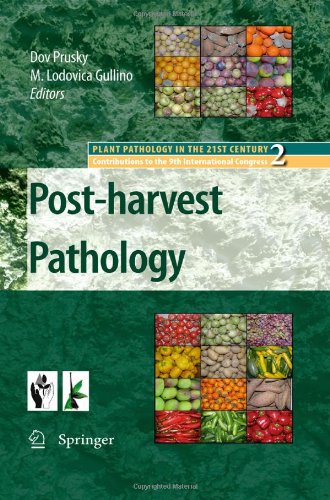

Most ebook files are in PDF format, so you can easily read them using various software such as Foxit Reader or directly on the Google Chrome browser.
Some ebook files are released by publishers in other formats such as .awz, .mobi, .epub, .fb2, etc. You may need to install specific software to read these formats on mobile/PC, such as Calibre.
Please read the tutorial at this link: https://ebookbell.com/faq
We offer FREE conversion to the popular formats you request; however, this may take some time. Therefore, right after payment, please email us, and we will try to provide the service as quickly as possible.
For some exceptional file formats or broken links (if any), please refrain from opening any disputes. Instead, email us first, and we will try to assist within a maximum of 6 hours.
EbookBell Team

4.1
50 reviewsAs a collection of papers that includes material presented at the 2008 International Congress for Plant Pathology, this text features research right at the leading edge of the field. The latest findings are particularly crucial in their implications for fruit production; an important market sector where in some areas up to 50 per cent of the crop can be lost after harvest. While post-harvest fruit treatments with fungicides are the most effective means to reduce decay, rising concerns about toxicity have led to the development of alternative approaches to disease control, including biological methods, the subject of three chapters of this book. With several new techniques requiring modification of current post-harvest practices, it is more important than ever to stay abreast of the latest information.
Other chapters deal with the mechanisms of host fruit and vegetable resistance, fungal pathogenicity factors and their relationship with the host response, and a number of subjects related to disease assessments before harvest as well as their relationship to the postharvest treatment of fruits and vegetables. The book also includes several useful case studies of crops such as kiwifruit and peaches, where different approaches at the pre- and post-harvest levels are combined to good effect. With food production issues gaining an ever higher profile internationally, this text makes an important contribution to the debate.